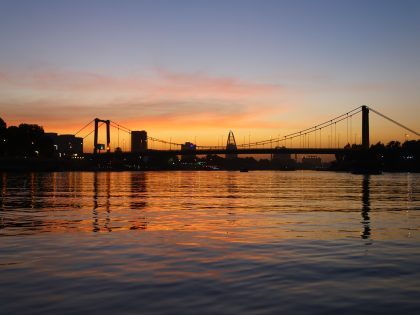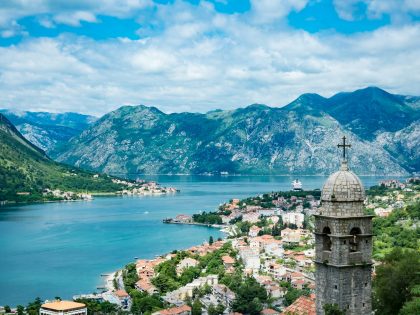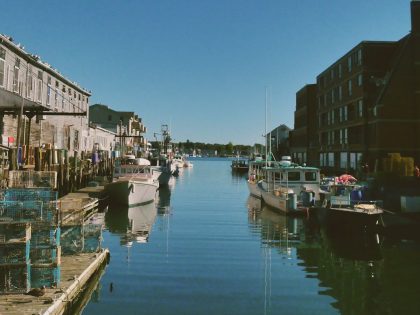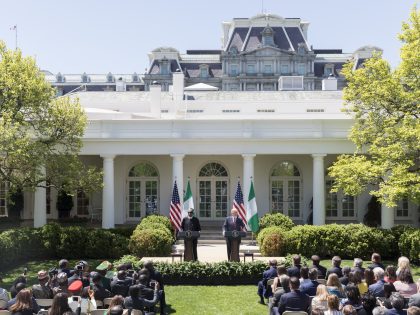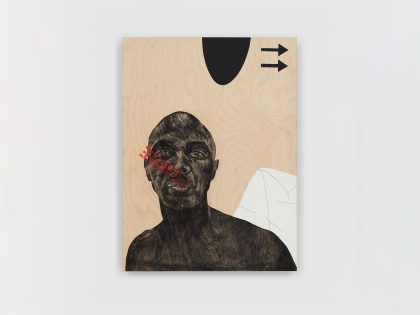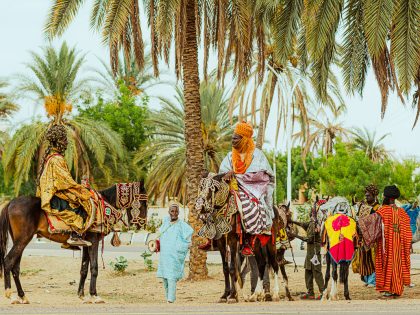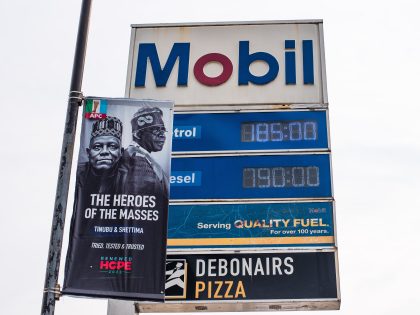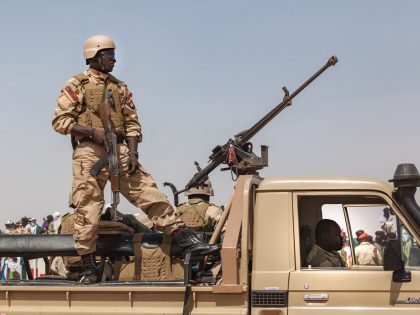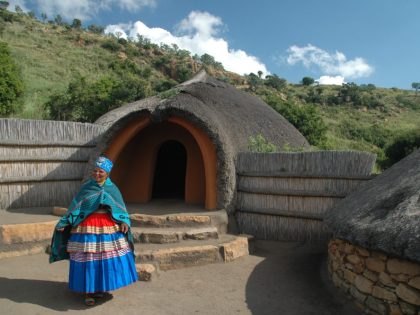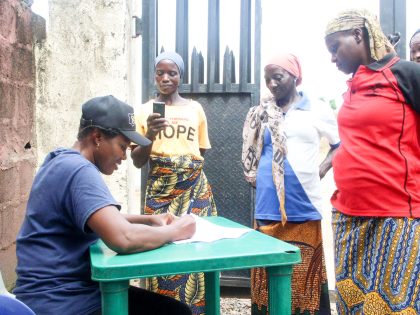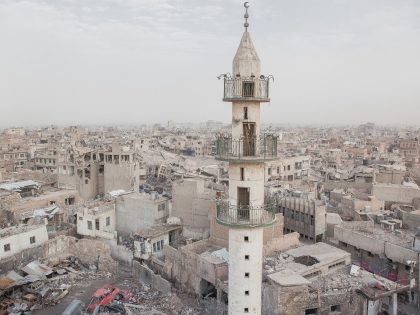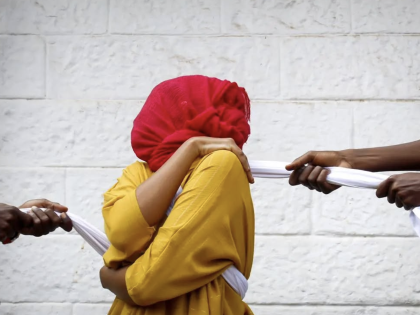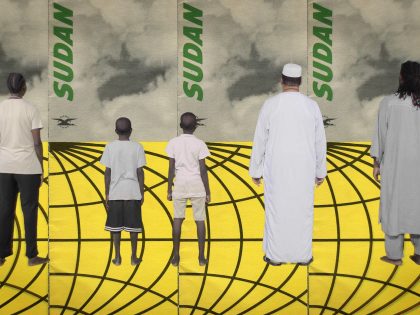Unequal Scenes
Anthropologist Johnny Miller's aerial photographs chronicles geographic stratifications in South Africa and beyond.

Papwa Sewgolum Golf Course, Durban. By Johnny Miller.
On my first trip to Cape Town, South Africa in 2014, Renfrew Christie, recently retried university administrator, offered to give me a tour of the city. We climbed high up into Bishopscourt, a rich suburb on Table Mountain’s edge, where Renfrew informed that our tour would be like peeling back the layers of an onion. I didn’t understand what he meant, but by the time we reached the Cape Flats, the vast sandy expanse of working class neighborhoods in the city, I did. Traveling through the neighborhoods of Cape Town is like peeling back the layers of an onion because each neighborhood, from Bishopscourt down to the Cape Flats, is racially and economically stratified from the one that comes before it. Although I knew these divisions existed, seeing them unfold in real time as we drove through the city opened my eyes in ways that reading about these areas never could.
Unequal Scenes, a new project of aerial photographs by the anthropologist Johnny Miller, chronicles these geographic stratifications in South Africa and beyond. I first discovered Miller’s efforts to show the stratification between the rich and the poor in countries around the world in a piece he had written for the UK Guardian. Miller began this piece with one simple thought: “It’s surprising how looking at something from a new angle can change people’s perspectives.”
While Miller’s project includes major international cities including Nairobi and Mexico City, the majority of the the photos feature South African cities, as that country and its fractured landscape was the initial focus of Unequal Scenes. So far, Miller has posted photos from cities throughout South Africa, featuring not only large urban centers such as Johannesburg, Durban, and Cape Town, but also smaller places like Stellenbosch and Pietermaritzburg. Looking down from above (from what Miller terms the “nadir zone”), he uses his imagery to argue that the segregation of urban South Africa is much clearer than the perspective on the ground. He explicitly connects his contemporary imagery to the historical trajectory of Apartheid. Miller writes:
Looking straight down from a height of several hundred meters, incredible scenes of inequality emerge. Some communities have been expressly designed with separation in mind, and some have grown more or less organically. During apartheid, segregation of urban spaces was instituted as policy. Roads, rivers, “buffer zones” of empty land, and other barriers were constructed and modified to keep people separate. 22 years after the end of apartheid, many of these barriers, and the inequalities they have engendered, still exist. Oftentimes, communities of extreme wealth and privilege will exist just meters from squalid conditions and shack dwellings… By providing a new perspective on an old problem, I hope to provoke a dialogue which can begin to address the issues of inequality and disenfranchisement in a constructive and peaceful way.
So as schools and universities come back in session here in the United States, it’s useful to think about how these images could be used as educational tools in our collective classrooms. These images could and indeed should be used in these spaces to challenge the preconceptions that students have when studying Africa. Certainly those who know even very little about South African history know that these stratifications exist, but to see them rendered visually is powerful. These images also serve to challenge images of Africa as monolithic and impoverished.

You can follow the Unequal Scenes project on Twitter and on Facebook. Feel free to send me suggestions via Twitter (or use the hashtag #DigitalArchive) of sites you might like to see covered in future editions of The Digital Archive.

